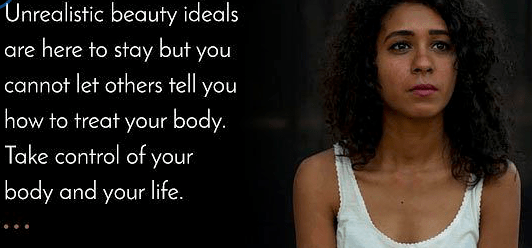It is simple to forget that beauty standards are arbitrary and that they change considerably from culture to culture and across time when we are constantly bombarded with images of ideal beauty.
Such differences in beauty standards frequently reflect the responsibilities that men and women are expected to play in a particular community. For instance, full-figured women with broad hips and big breasts are frequently seen as the most beautiful in cultures where women are valued primarily for their fertility—their capacity to conceive and raise children. Large bodies are a sign of prestige and power in countries like Fiji. Therefore, it is not unexpected that those who would be deemed obese in the US are the most desirable and attractive people in this society.

But as societal norms and gender roles shift, so do perceptions of beauty. Take a look at some recent US reforms. In the 1960s and 1970s, supermodels like Twiggy and Kate Moss came to symbolise the stick-thin, flat-chested body ideal for women, replacing the mature, voluptuous form of celebrities like Marilyn Monroe. The striking reality is that the ideal female form came to resemble an undernourished preadolescent girl, who is weak, emaciated, and non-threatening, just as women began to make significant advancements in the fields of politics, jobs, and education. Though women were becoming more independent and powerful, they were also being urged to regulate their bodies via diet and exercise in order to conform to ideals that were essentially unattainable.
Now, however, we observe that the ideal of female beauty is shifting, becoming curvier in some regions like the bust and butt, while remaining trim, toned, and tucked in others like the waist and thighs. According to Hoff (2019), the “ideal” lady was characterised as 5’5″, 128 pounds, with a 26-inch waist in a recent survey of 1,000 Americans. The proportions of this body ideal would be nearly difficult to acquire without utilising very unhealthy methods.
Do you ever…
Why is the American female body ideal so false and unachievable?
Is the ideal male body any more achievable or practical than the ideal female body?
What does this say about the roles that we expect men and women to play?
Can you name any modern celebrities who are plus-sized? In the last five years or so, how have they been portrayed, and how has the movement changed?





